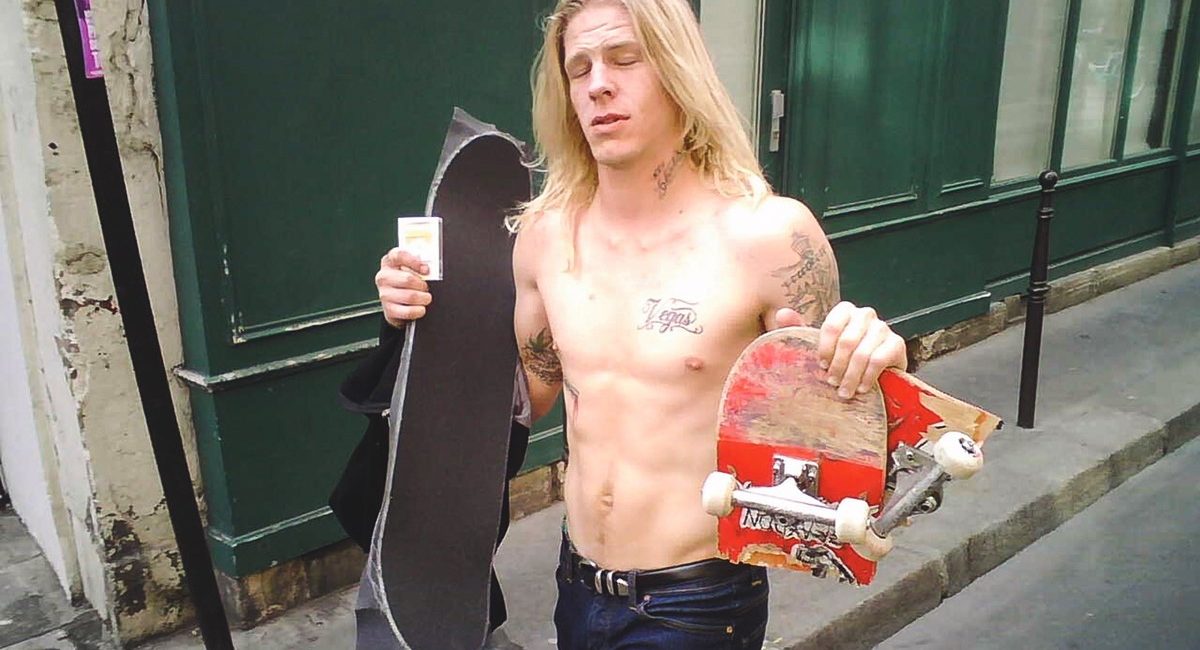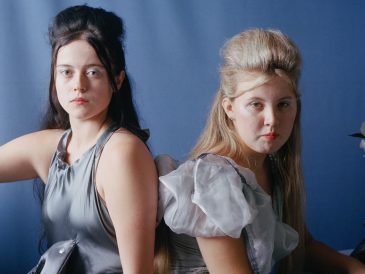As his new book The Beautiful Flower Is the World is published, legendary skateboarder and artist Jerry Hsu talks about capturing his life of on the road via a now extinct smartphone
During the early years of the blog era, legendary skateboarder and artist Jerry Hsu launched his Nazi Gold Tumblr account, uploading onto it photos that he’d taken with his BlackBerry. With the emergence of the smartphone, photographs could be now shot and sent anywhere in the world, transforming the possibilities of digital communications while liberating the medium from barriers to entry like access and cost.
Drawn to the beauty and absurdity of everyday life, Hsu began making snapshots and sending them to friends via BlackBerry Messenger (BBM), while also using his phone to record little notes to himself. “I did a really good job of saving the photos at the end of every week,” says Hsu, who also has a traditional 35mm photography practice. “I’m very unorganised but for some reason I was very careful about saving all of those things. And I didn’t really know why at the time.”
Hsu’s instinct proved to be spot on. As his archive continued to grow, he began sharing the work online, building a following that gave him the confidence to keep going. “I think it’s good to show people what you’re doing before you show the whole world,” he says. “It’s a step that people don’t take as much these days; they just want an instant result and sometimes things need a second to breathe.”
Indeed, the passage of time can add both context and resonance, helping us to distil the mystery and wonder of the things we take for granted until the moment has passed. With the publication of The Beautiful Flower Is the World (Anthology), Hsu assembles a dazzling array of snapshots of daily life that have become a de facto visual diary of the life of a star athlete on the road. The book takes its title from a T-shirt made in Asia bearing this elegantly absurd mistranslation that caught Hsu’s eye, a perfect metaphor for this body of work.
The BlackBerry proved the perfect camera for snapping shots on the fly long before people thought about where the images might end up. Hsu’s selfies and pictures of his friends shimmer with intimacy born of trust, with a raw naturalism that can only be found in vernacular photography. And it all began with the camera itself. “What I liked about cell phones with cameras was that I could use them and not think about photography so it freed me from the mania of my other work,” Hsu says. “I didn’t care about composition or lighting or anything. It’s the modern snapshot: really quick and kind of shitty. I could think of it as not being important.”

Perhaps, for this very reason, Hsu’s photographs have effortlessly preserved the authenticity of the era. The lo-fi quality of the digital files only made them more alluring and enduring; the images became frayed and worn like tattered paper after making the rounds one too many times. It stood in stark contrast to the technological advancements in digital photography that cast every image in a wash of radiant halos, supple highlights, and contour shadows.
“I liked that it was obvious: the cell phone photos were just bad enough,” Hsu says. “My favourite part about them is that they do not look like film, and they do not look like a good digital photo. I think that informed the time. The photos are meant to be sent to another phone and the quality kind of degrades every time you send, them, post them, and pull them on to your desktop. There’s something about that that I like – they’re not really meant to survive.”
But they did, and that makes them a curious anomaly of sorts: a throwback to the days before everyone was extremely online. The early days of social media were shaped by a pervasive lack of self-consciousness that allowed for a sense of anything goes that defined the times. The rough and ready combination of mobile phone photos and Tumblr blogs marked a significant shift in the ways in which photographs could be seen and shared.

Hsu began posting in 2009, treating the Nazi Gold with the same freedom he brought to the camera phone. “There was no editing process,” he says. “It was chronological, a little update on the things that I had seen over the last couple of days and that was it. In the edit, you can find a way to make it a story. It was crazy to see some of those photos become memes. I didn’t feel any ownership over it. I just had this attitude like, one you put it out, it belongs to the world.”
The Beautiful Flower Is the World by Jerry Hsu is published by Anthology, and is out now.





